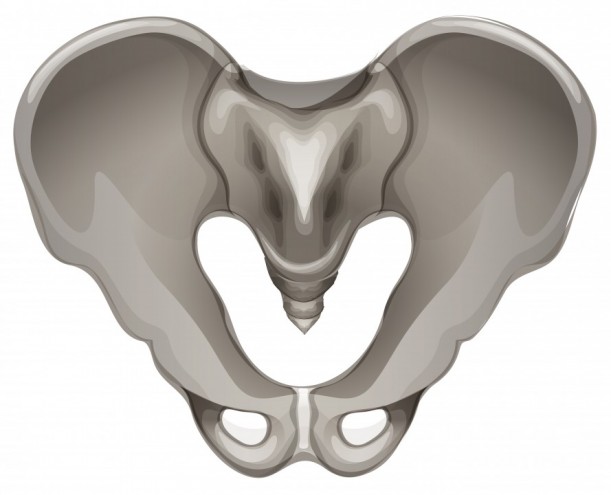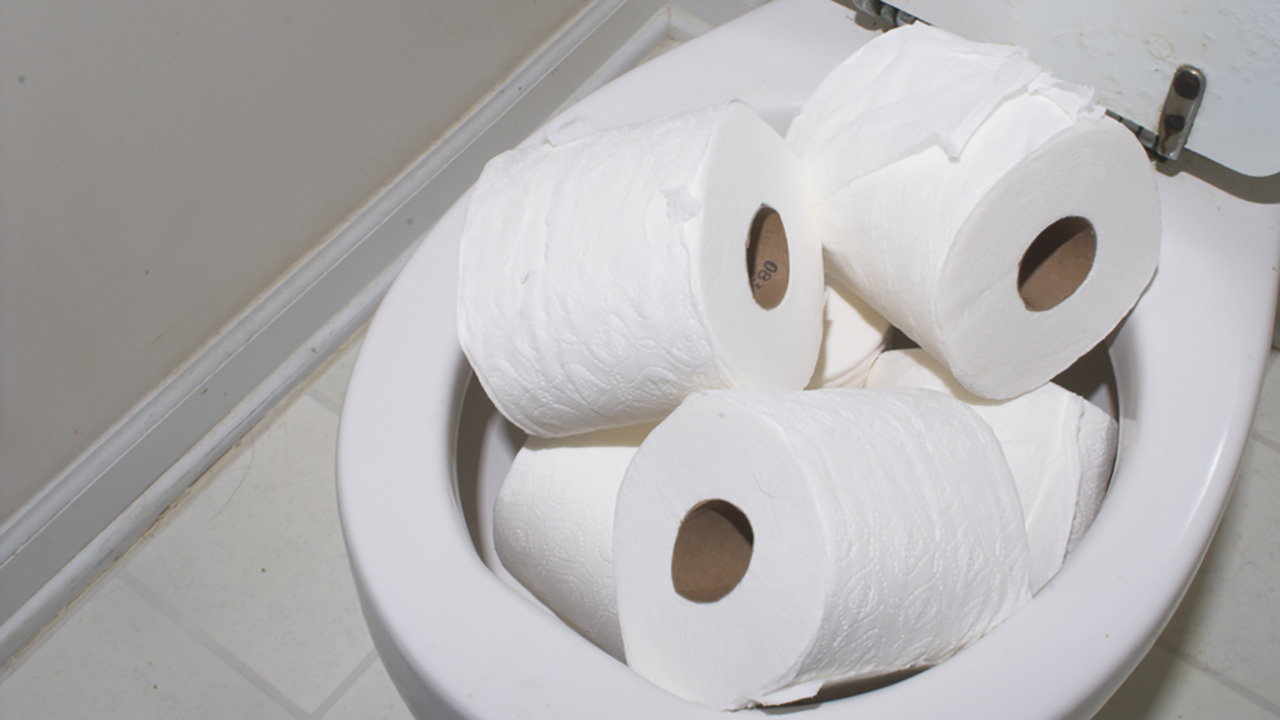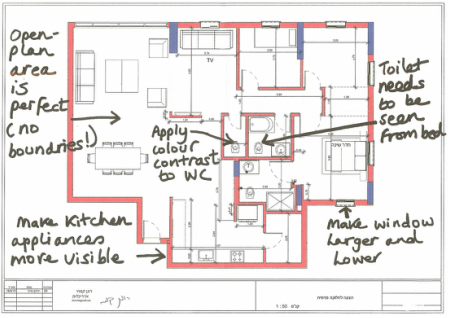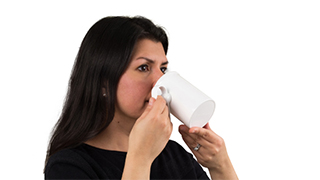Exercises to strengthen the pelvic floor muscles
When you think of exercise, you may think of an hour or so at the gym, training for a marathon or taking a long walk in the fresh air. What you won’t automatically think about is a set of muscles that form what is commonly known as the ‘pelvic floor’.
Strengthening your pelvic floor may not be at the top of your list, but they should be. This group of muscles help to reduce the possibility of incontinence and the need for incontinence products, as well as heightening sexual pleasure and boost core strength and stability.
What is the ‘pelvic floor’?
Men and women both have pelvic floor muscles, but women can suffer more from problems with these groups of muscles than men due to pregnancy and childbirth.
The pelvic floor is a set of muscles, ligaments, tissues and nerves which you have probably never thought about until you really needed them. They are hammock-like in construction, supporting the bladder, uterus, vagina and rectum in the female. When the pelvic floor muscles are weak, these organs don’t function as well as they should – hence urinary incontinence can become an issue.
For women, pregnancy and childbirth can place pressure on the pelvic floor, possibly leading to them being damaged and weaker. The good news is, that some of this ‘damage’ and weakness is temporary and with specific exercises, you can strengthen your pelvic floor muscles, bidding farewell to incontinence products.
Exercises to isolate your pelvic floor muscles
Many of the exercises recommended by various health professionals include the ‘clench and release’ exercising of the pelvic floor muscles.
Performing three to four batches of 10 clench and release exercises throughout the day is a great way of strengthening the muscles to prevent accidental leakage. The great thing about these clench and release exercises is that no one knows you are doing them, so you can do them wherever you may be from the commute on the way home from work, to standing in the queue at the checkout.
Once you have these exercises off to a T, you may want to try these to help strengthen the whole of the pelvic floor area.
As with all exercise, if you are unsure about taking on a new exercise regime, ask your doctor, practice nurse or midwife for advice first. Start slowly and build your strength, taking time to ensure you do each set of exercises correctly.
1. The Bridge
Find a comfortable spot in your home to do this, working on the floor is better with a gym or yoga mat to support your back against objects on the floor etc.
Lie on your back with your knees bent and your feet flat on the floor, about hip-width apart. Inhale, engage your pelvic floor and slowly lift your hips off the floor. Hold for 10 seconds and then lower your hips back down. Hold for up to ten seconds when you are in the bridge position and don’t forget, when you have lowered back to the floor to make a conscious effort to release the pelvic floor muscles.
Aim to do 10 repetitions of this exercise.
2 Wall Squats
A squat places pressure on the front of your thighs so go gently with this exercises, starting with two or three repetitions and building slowly from there.
Stand against the wall with your feet hip-width apart. Inhale, engage your pelvic floor and lower yourself into a squat position, as if you are sitting on a chair. Hold for 10 seconds (if you can!), breathing all the time and then slowly rise back until standing.
3 Jumping Jacks
For people who use incontinence products, jumping is one exercise that they dread as it leads to stress incontinence – this means the pelvic floor is unable to stop an accidental loss of urine. But, with your clench and release exercises starting to take effect, these jumping jack exercises will also contribute to gaining back bladder control.
Start with your legs together. Engage your pelvic floor and as you jump (it only needs to be small!), raise your arms above you head. As you descend and pull your legs back to together, release your pelvic floor.
You may know these as star jumps and, if you can, keep these going between 30 and 60 seconds but always remember to release your pelvic floor and relax your muscle after exercising too.
Looking after your pelvic floor muscles means that you can be happy and confident that you won’t be leaking urine, when you don’t want to!
HARTMANN Direct supplies high quality incontinence products. With a wide variety of pads and pants, there is a product available for all absorbency and incontinence needs. With discreet delivery assured, many people trust HARTMANN Direct to supply their incontinence products.












June 10th, 2016 at 11:37 am (#)
I recently had a prostate concern, and my GP advised pelvic floor exercises, along with dietry suggestions to keep the prostate healthy.